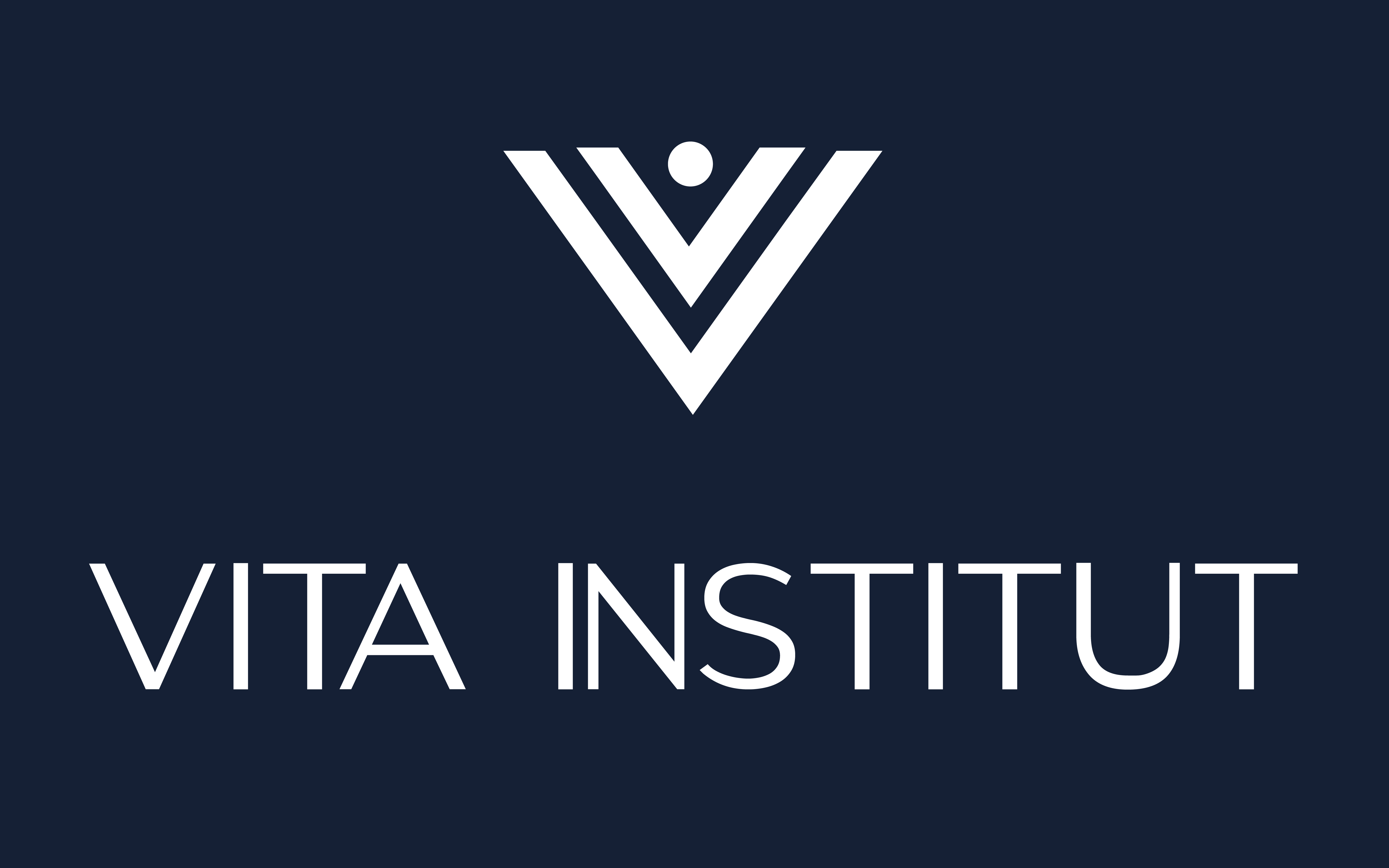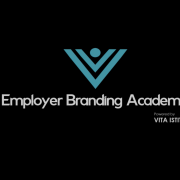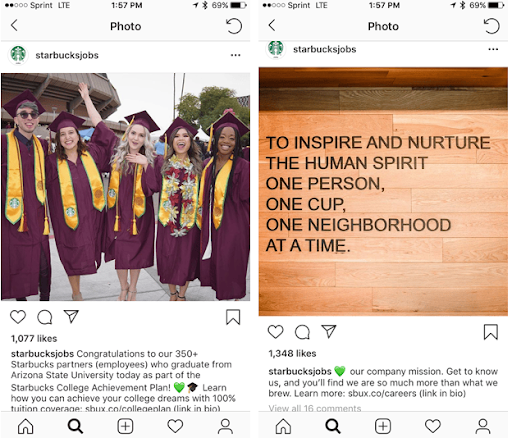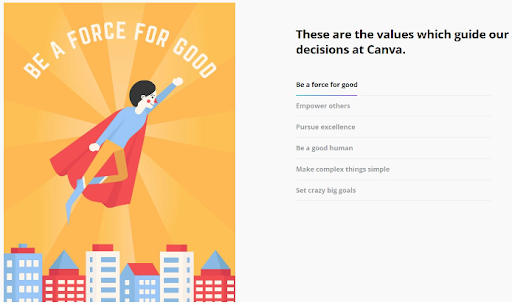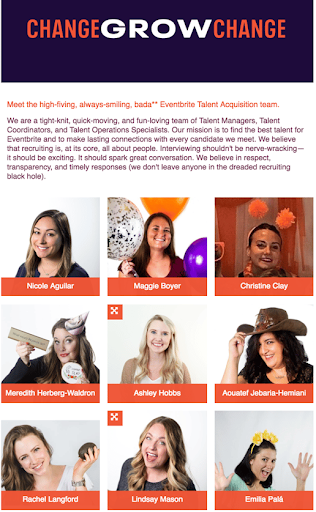The practice of using personas is given in e-commerce, and I think it could be beneficial for recruitment. Understanding your target audience when recruiting or doing recruitment marketing makes reaching the right people and interacting with them more efficient. Here’s how to create a talent persona and when to use it.
Background
The practice of using personas originated somewhere at the end of the Nineties, when Alan Cooper wrote his highly acclaimed book ‘The Inmates are Running the Asylum’. He developed the concept of a user persona, with a very specific use case: design better software for the user. The concept of user personas is still very current nowadays, where it is buying software development a lot. Here is an example of Spotify from last year.
The other type of frequently used personas is called buyer personas. These types of personas describe an ideal customer for a product and are used by teams like Marketing and Sales. Here’s an example, taken from here: 24-year-old Casey is a college student at NYU. She’s grown up in an electronic age where walking around with a phone is the norm. She has a tablet, an iPod and a computer at home. Her television has over 200 channels. She has no idea how music was packaged before the digital age.
Both these types of personas help with understanding the target audience,theibehaviond behaviour patterns. It turns quantitive data into something tangible. That is essential to build the right product, and to market or sell it.
A trend in recruitment is just that; taking inspiration from sales and marketing, and applying their techniques to recruitment. I think personas are a great way to start.
How to create a talent persona?
So now that it is clear why talent personas could be beneficial for your recruitment, let’s dive into how to use it.
You are basically trying to answer this question: what are the specs of the ideal hire for a role? You want to base it on empirical market research and data, not on anecdotal assumptions. Besides that, you’ll need empathy and intuition to build this persona. Here are some questions to help get you started?
- What are their current job titles? You might name your vacancy ‘PHP Developer’, but there are a lot of different titles for this role. You could use Enlighten Jobs, ESCO or the Google Keyword Planner to find synonyms for your vacancy title.
- Where do they currently work? This is both at which companies, but definitely also locations. This helps you with narrowing down your search to specific companies that you should focus on. You could also get inspired by similar vacancies from those companies. And it helps with identifying in which countries you should focus on. Hiring scarce developers for your company in The Netherlands? Maybe you should look in countries like Portugal or Brazil. A talent persona helps you with identifying this.
- What are their skills and interests? This is a great starting point to identify where you reach your ideal candidate. Should do be able to use PHPUnit (a testing framework for PHP Developers), make sure that your vacancy is visible when searching for something related to PHPUnit. Also try to think outside of the box here, and find ‘proxy variables’. These are things that are itself not directly relevant, but serve as a replacement for directly relevant variables. They are always highly correlated, and usually generalized. An example could be: electrical engineers are usually a big fan of motocross. Be aware that this is not always the case, so you’ll to be smart about these.
- What education have they completed or are they still doing? It could be great to become a partner of that school, so that they can help you with inspiring students to work for you. Or, you could use it for targeting on platforms like LinkedIn.
- What is their seniority? You want to be able to tailor your messaging to your target audience, and this is a great indicator of that. ‘Yo wazzup, want to earn money?’ probably isn’t going to cut it with senior executives.
- What drives them, what motivates them? This is a vital one, as it basically tells you what you should offer them. It helps with writing your job description, or with the focus of your ads. Super interesting one!
- How do you currently interact with them, and can you learn from that? Is there a newsletter that contains specific content that drives a lot of interaction? Does your Working at Instagram page perform really well? These learnings can give you a head-start. Next to that, it helps you identify what types of content you should create.
To make these answers more tangible, you could add a fake first name and profile picture to this persona. For example, ‘Joan the PHP Developer’ and ‘Tom the nurse’. Although it seems like a small step, it helps with gaining empathy for these personas.
To help you with answering these questions (and also because it is great fun too), talk to the current employees who already have this role. They will be valuable in answering these questions. If they want, they can also act as the last check on the persona and on everything you want to publish based on that persona.
Next to that, this should be a collaborative process that includes different people from your employees. Of course recruiters and employees already in the role, but don’t forget to include for example marketing and hiring managers. You want to be aligned on this.
There will be some parts of a talent persona that needs refinement, so be open to feedback and change.
Although not completely matching the questions from above, you could use this tool from HubSpot as a starter.
When to use a talent persona?
As much as you can! To offer a few more concrete tips, here’s a list:
- Tailoring your job description to better suit the needs of your candidates.
- Sponsoring events that are important are frequently visited by your candidates, even if they are not directly related to jobs. Remember the proxy variables?
- Off-course in your targeted job advertising, employer branding or recruitment marketing campaigns. You can use it in selecting the right channels, tailoring the ads towards your candidates and of course the targeting.
- You could also think about writing blogs that spark the interest of your candidates. You could even ask the help of your current employees for this, as this is also beneficial for them.
- It could also help with being aligned as a company, since there is less ambiguity on who your ideal candidate is.
- Verify that your EVP actually resonates with your ideal candidate.
- It might help to improve the recruitment process as a whole for these roles. If you find out your ideal candidate works in a different country than you, you have to take that into account for your process.
